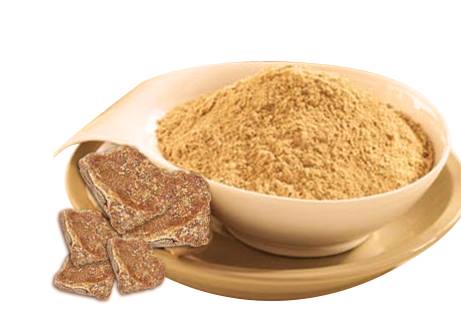Did You Know India Didn’t Grow its Hing & Spent Rs. 600 Crore on Imports – Until Now
For the first time, scientists from the Centre for Scientific and Industrial Research (CSIR) have planted hing saplings in Himachal Pradesh’s Kwaring village.

(Editor’s Note: An earlier version of this article listed Hing imports at Rs 6000 Crore. The actual figure is Rs 600 Crore, and the same has been updated in the article. We apologise for the error.)
Hing, or asafoetida, is a spice that can be found in virtually every kitchen across India. It is used to add taste and fragrance to many Indian dishes, both in the north and south of the country. In fact, India alone accounts for almost 40 percent of the world’s hing consumption, although some Middle-Eastern countries also use it for culinary and medicinal purposes.
But did you know that India did not grow any hing up until now? Yes, every pinch of it consumed in India is imported from Afghanistan, Iran, and Uzbekistan, at a staggering cost of almost Rs 600 crores every year.
Here are some facts about hing
- Hing is a wild plant, which has never been cultivated. It grows in the hilly regions of Afghanistan and Iran.
- Although India is the largest consumer of the spice, hing has always been imported and never cultivated locally.
- It is known for its many medicinal properties as well — often used by naturopaths to treat kidney stones, bronchitis and even whooping cough.
- It has anti-flatulent properties and therefore is given to new-mothers.
- For the first time, scientists from the Centre for Scientific and Industrial Research (CSIR) have planted hing saplings in Himachal Pradesh’s Kwaring village in the hope that cultivation of the spice will become common practice in India.
- CSIR has taken up 500 acres of land in Himachal’s Lahaul and Spiti regions to cultivate hing.
- These areas have been identified because it is best known to grow in dry and cold conditions. The plant also gets irrigated mostly from melting snow.
- Farmers in the region are also being trained in cultivating it and are being discouraged from using any chemicals.
- Raw hing is unpalatable in its purest form because of its pungent odour and stinging flavour. It is blended with edible gum and kitchen flour to make it a useful flavouring agent.
Historical mentions
According to this report, food historian K T Achaya claims that hing finds mention in the Mahabharata as a spice for meats (The Illustrated Foods of India). Classical Roman food was certainly known to use it in stews and broths — after Alexander’s march east, post 334 BC, led to its discovery by Europeans. In India, one of the most interesting but lesser-known uses of hing is in the cuisine of the Kashmiri Pandits, who have traditionally consumed meat but not onion and garlic. Gravies such as rogan josh are spiced with hing, a predominant ingredient in Pandit cooking.
Why wasn’t hing cultivated in India until now?

Dr. Shekhar Mande, Director General of Council of Scientific and Industrial Research (CSIR), Delhi, says, “We began research on growing hing locally from 2016. Hing can only grow in very cold and certain geo-climatic regions such as Ladakh and Lahaul-Spiti. Before this, it was only being imported from countries like Afghanistan and Iran.”
Abhishek Purwar, a Kanpur-based importer of hing, says, “Asafoetida is like gold! It is expensive. But in India, the demand for asafoetida, just like that for gold, is always on the rise.”
If you would like to know more about this spice, do check out Marryam H Reshii’s, (food and lifestyle writer’s) rather fascinating Twitter thread on hing and its rich history. You can click here to access the thread.
(Edited by Nishi Malhotra)
If you found our stories insightful, informative, or even just enjoyable, we invite you to consider making a voluntary payment to support the work we do at The Better India. Your contribution helps us continue producing quality content that educates, inspires, and drives positive change.
Choose one of the payment options below for your contribution-
By paying for the stories you value, you directly contribute to sustaining our efforts focused on making a difference in the world. Together, let’s ensure that impactful stories continue to be told and shared, enriching lives and communities alike.
Thank you for your support. Here are some frequently asked questions you might find helpful to know why you are contributing?


This story made me
-
97
-
121
-
89
-
167











